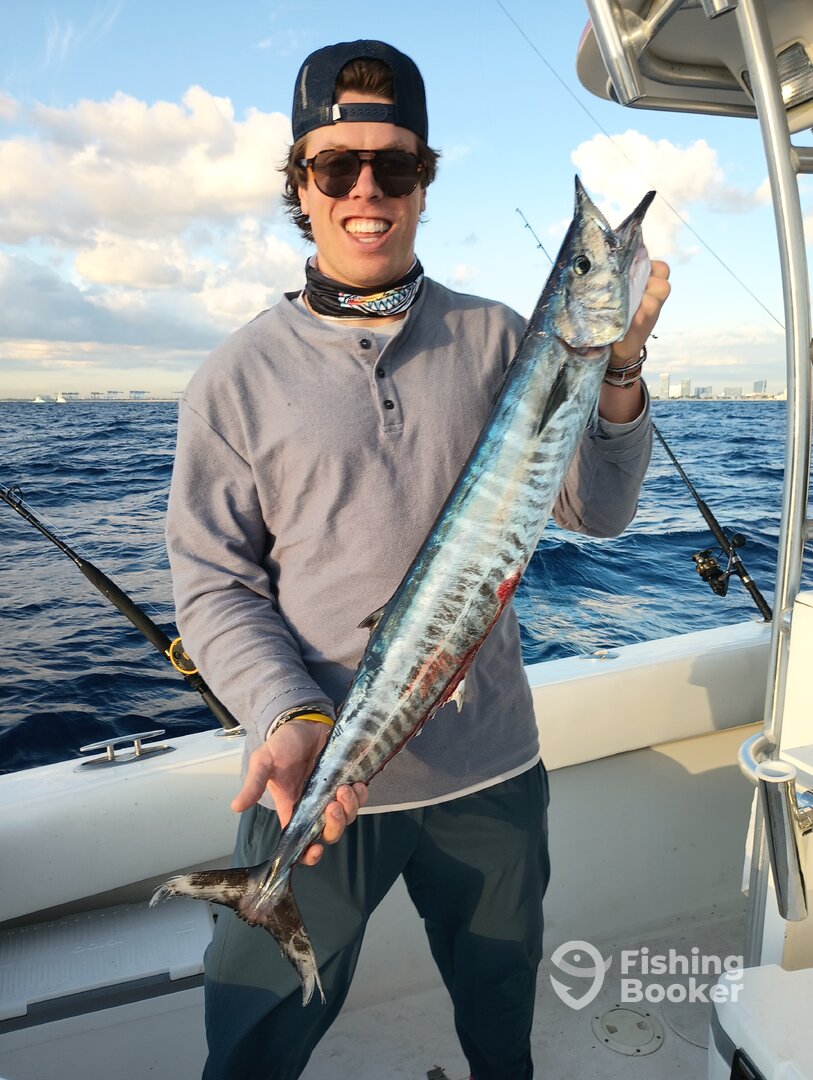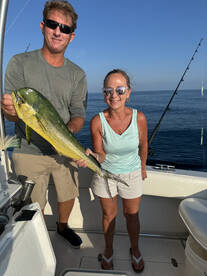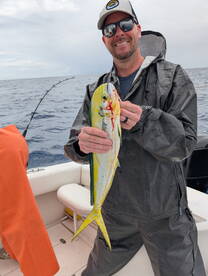Trolling for wahoo!
December 23, 2024
Fort Lauderdale
1 photo

Trip Summary
Trip Summary
Wahoo! The fastest fish in the ocean? That's what the say and it's easy to see why. The wahoo are known for their ambush style attacks and high speed runs on the reel. This time of year we are seeing them around the reefs and drop offs. It's also common to catch them near the anchored freighter ships that have been in place for several days. The ships cast a huge shadow, create an eddy in the oceans current and also provide shelter for bait fish.
Live bait is not needed for wahoo. Not that they won't eat it but the majority of the wahoo i catch are by trolling.
High speeds are also not necessary as you'll tend to exceed the speeds of other fish such as tuna or mackerel. 6 knots is just plenty for wahoo and the rest of the bunch as well.
Join me and let's go catch a wahoo!




